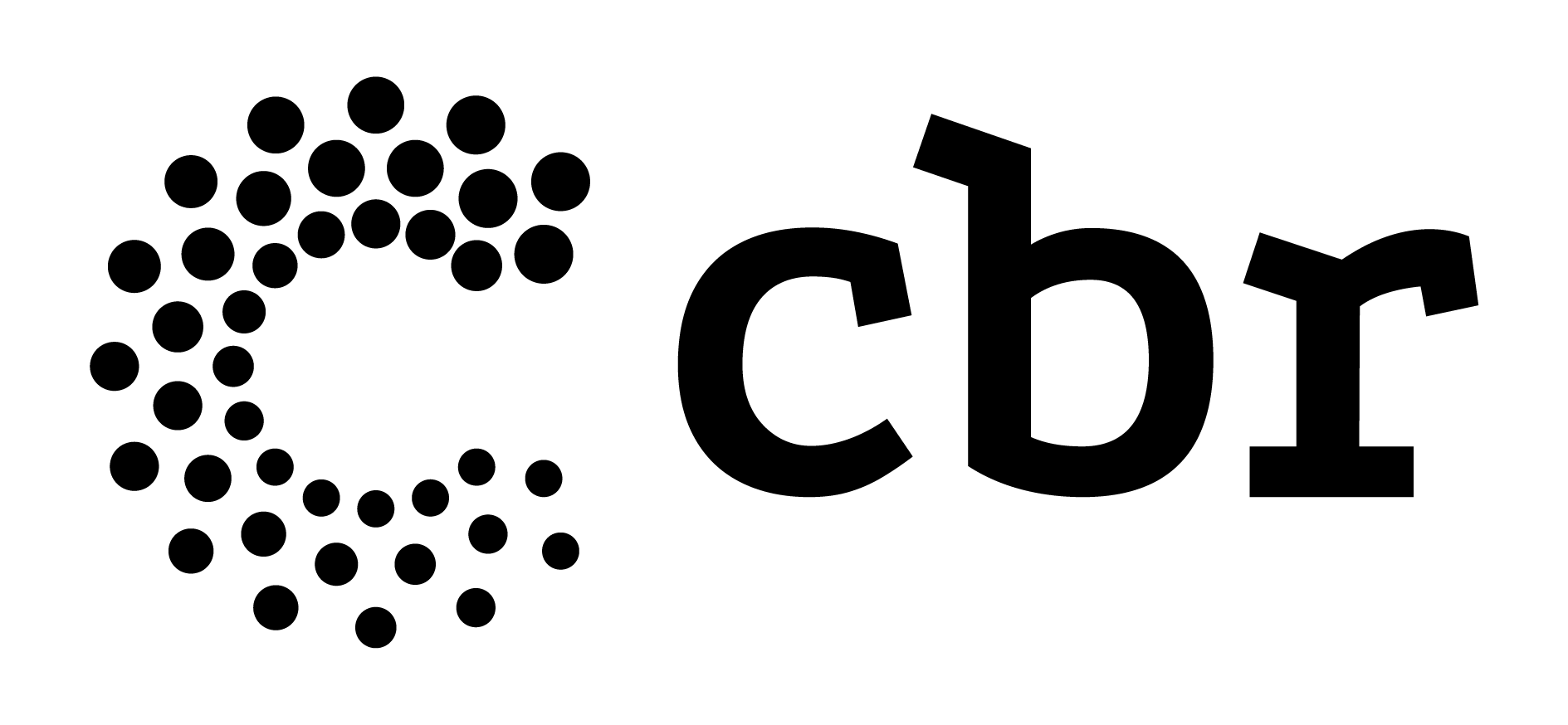Determining costs in the Radiology and Diagnostic Imaging segment is a complex task. Often, in the quick calculation, considering only the highest direct costs or the most apparent ones, we have the wrong impression of the production price of our exams.
Unfortunately, today, expenses in our segment are, in many cases, equal to or even greater than our direct costs. This is due to our pre-production activities, such as scheduling, authorization, patient reception and file opening, in addition to post-production activities, such as report typing, printing, exam delivery, billing, conciliation, disallowances, collection and storage of images.
There are also some historical interpretations that strengthen the culture of accepting the exam at any cost. One of them is that it is better to take the exam than to leave the machine idle. The logic is not that simple. When I get to the situation where the clinic is in a market where there is not enough demand for exams priced at least above cost, I need to review my business. Simply continuing to take below cost will not resolve the case. In addition, the clinic may miss out on a more profitable exam because the schedule has been filled with a patient.
In fact, the main point I would like to address is the effect on the market that such a practice generates. In economics, it is an extremely well-known concept, the “demand” effect. versus offer". In a practical way, it means that, while someone is selling a service for R$ 40 meeting the buyer's demand, why would he pay R$ 50 for the same service in another clinic?
In many cases, clinics that carry out such practices defend themselves by claiming that the volume of exams they carry out at a price below cost is small, but there is a second bad point in practice: the reference used by the buyer when justifying his negotiation with another clinic , who does not understand why the clinic cannot perform the same test for R$ 40 if its competitor does. Once, at a negotiation table, I heard a health operator insinuate that the owner of the clinic was incompetent, that he did not know how to manage his clinic and therefore could not cover the value of the competitor.
Most operators did not transfer even a third of the inflation of the last ten years to the amount paid for procedures, but the structure of costs and expenses of clinics has risen along with or above inflation, because sometimes due to inflation, sometimes due to the dollar, costs and expenses always rise.
The Hierarchical Brazilian Classification of Medical Procedures (CBHPM) is an excellent reference, but while clinics are offering tests below cost, health plan operators will hardly adopt the values of the most updated versions, as their demand is being met.
Remember that the exam fee must pay 100% of your costs, expenses and investments. Otherwise, there will be a downward spiral in the profitability of the business until it affects its financial sustainability. The model of growing the volume of exams works only if it is above cost at the end of the day.
CARLOS MOURA
CBR economic advisor



